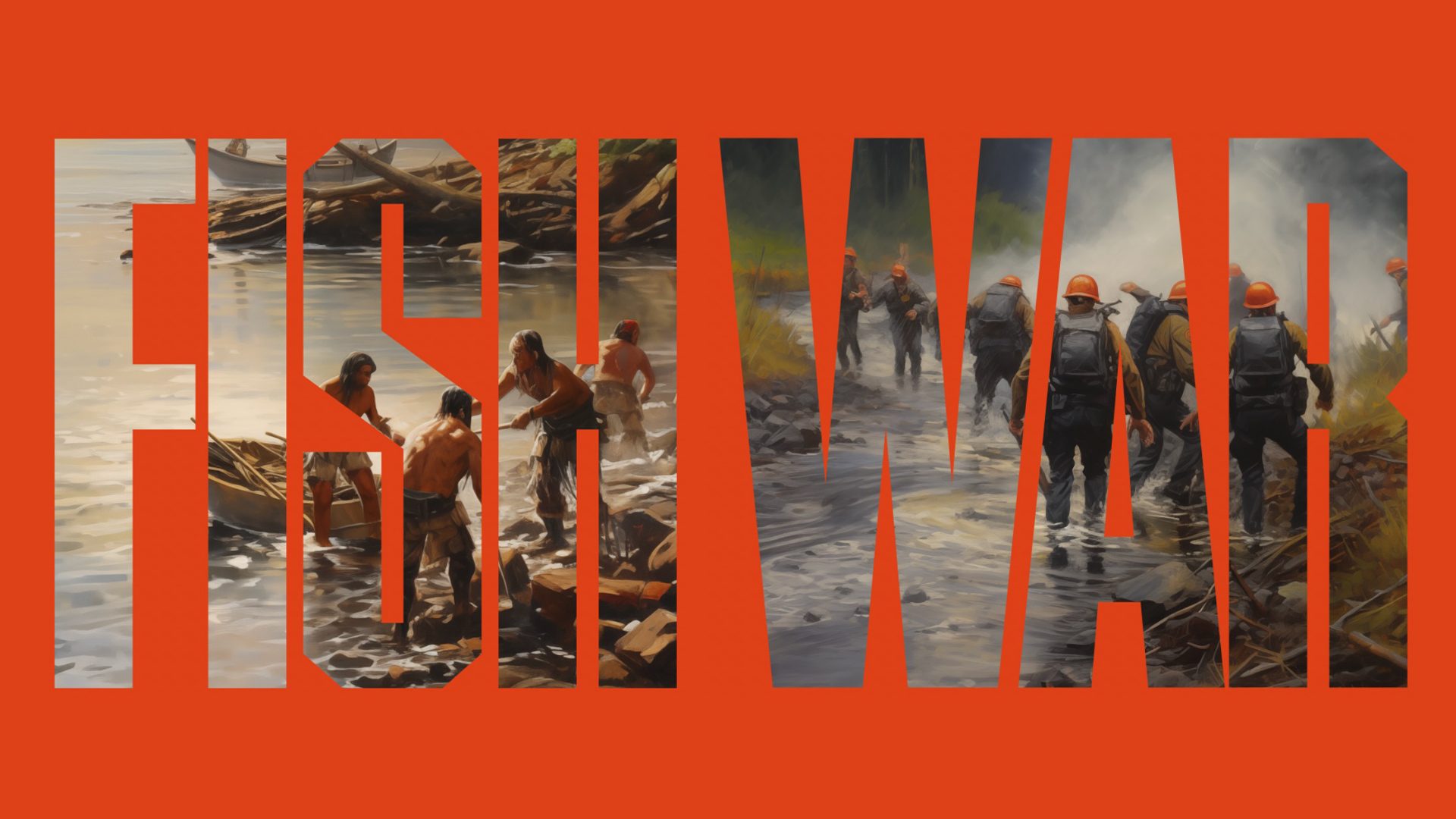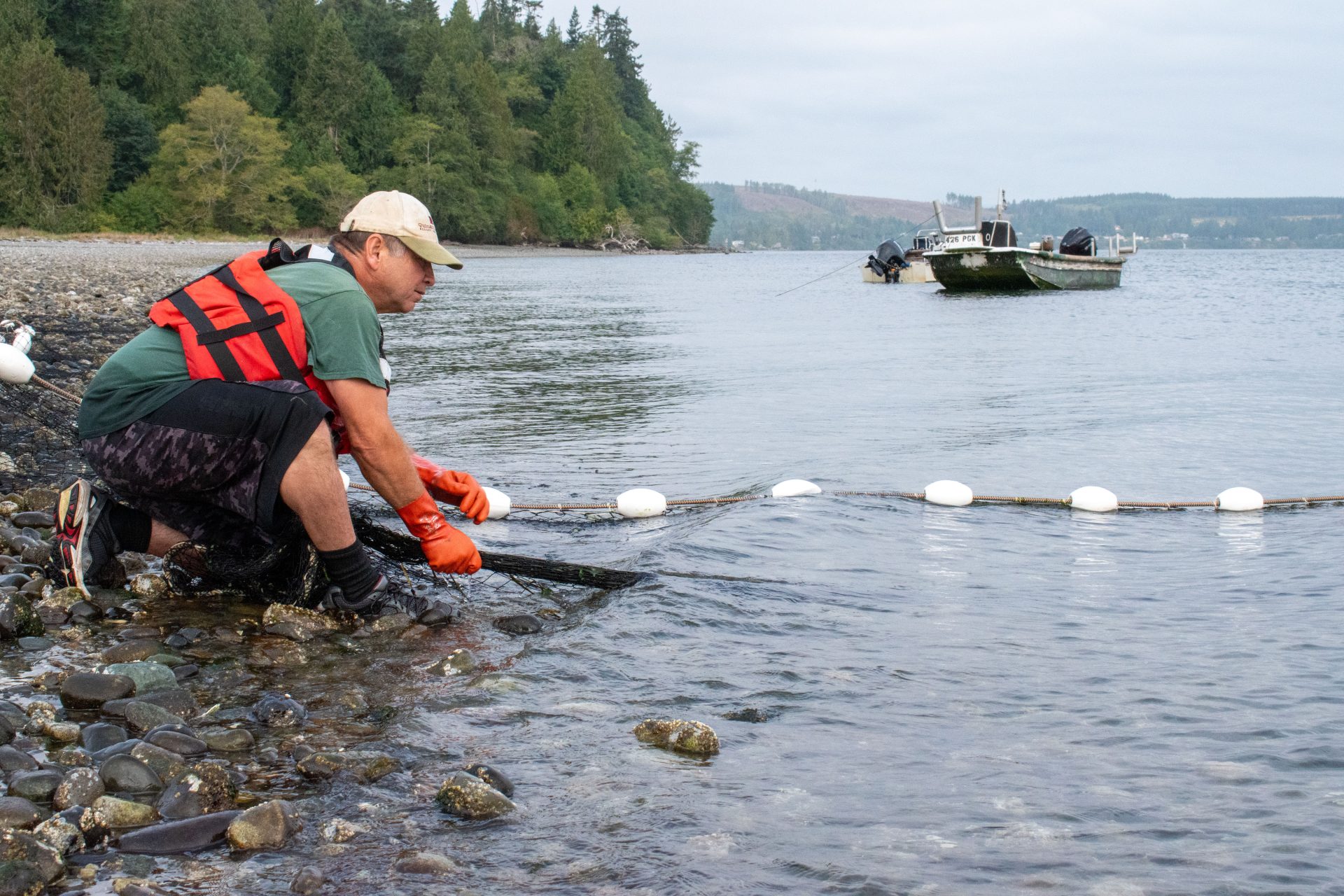The Lower Elwha Klallam Tribe, in collaboration with the Smithsonian Institution, the USGS-Olympic Field Station and Olympic National Park, is closely tracking how river otters and American dippers (a river-obligate songbird) are affected by the presence of the Elwha River’s two fish-blocking dams, as part of preparation for this fall’s dam removal.

“We chose to look at otters and American dippers because they are so closely tied to the river environment, depending especially on marine-derived nutrients brought upriver by salmon,” said Kim Sager-Fradkin, the tribe’s wildlife biologist. “But because salmon have not made it past the first five miles of the Elwha River in 100 years, we are interested in collecting baseline data on how these species use their environment in the absence of salmon.”
Since 1911, fish have been blocked from the upper Elwha River watershed by the 108-foot-tall Elwha Dam and the 210-foot-tall Glines Canyon Dam, which were built without fish ladders. They are scheduled for demolition starting this September.
“We know that otters and dippers use the Elwha River below, between and above the dams, but we don’t know a lot about their population size, movement patterns, or how their diets have been affected by the lack of salmon above the dams,” Sager-Fradkin said. “We are interested in exploring the differences in marine-derived nutrients in the diets of otters and dippers that occur both below and above the dams.”
The tribe is capturing dippers in mist-nets strung across small river channels in order to collect blood, feather and toenail samples to see how nutrients have been incorporated into their diets. Otters are caught in box-traps and scat and tissue samples are taken for genetic and diet analysis. They are also implanted with a radio-transmitting device so that tribal biologists can track their movements.
“Getting this information now is important so we can monitor changes after the system is restored,” Sager-Fradkin said. “When salmon are able to swim upriver again, we expect to see marine nutrients reintroduced into the system and back into these animals’ diets.”
This study was funded by a grant from the U.S. Fish and Wildlife Services and with additional support from the Smithsonian Institution’s Migratory Bird Center, USGS-Olympic Field Station and Olympic National Park.
###
For more information, contact Kim Sager-Fradkin, Lower Elwha Klallam wildlife biologist, at (360) 457-4012 ext. 20 or [email protected]; or Tiffany Royal, Northwest Indian Fisheries Commission information officer, at (360) 297-6546 or [email protected].




